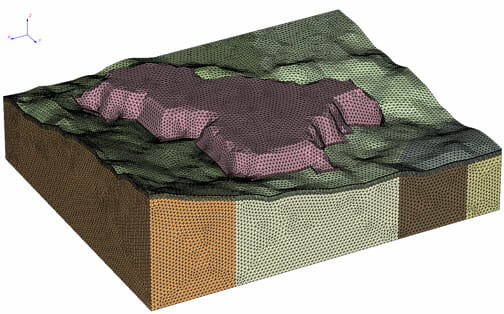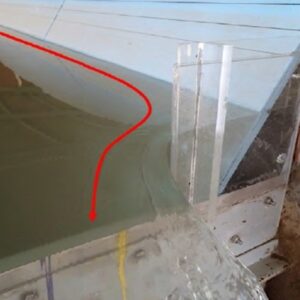E – 1438 Rock Mass Characterization for Foundations
$75.00
Courses Included
This course provides guidance in the description and engineering classification of intact rock and rock masses, the types, applications and analyses of rock property tests, the evaluation of intact rock and rock mass properties, and the selection of design parameters for project structures founded on rock. Rock mass characterization refers to the compilation of information and data to build a complete conceptual model of the rock foundation in which all geologic features that might control the stability of project structures, as well as the physical properties of those features, are identified and defined.
Course Outline
1. SCOPE
2. INTACT ROCK VERSUS ROCK MASS
3. GEOLOGIC DESCRIPTIONS
4. ROCK MASS CLASSIFICATION
5. SHEAR STRENGTH
6. DEFORMATION AND SETTLEMENT
After completion of this course you will be prepared to address foundation design issues were rock masses are present.
Description
This course provides guidance in the description and engineering classification of intact rock and rock masses, the types, applications and analyses of rock property tests, the evaluation of intact rock and rock mass properties, and the selection of design parameters for project structures founded on rock. Rock mass characterization refers to the compilation of information and data to build a complete conceptual model of the rock foundation in which all geologic features that might control the stability of project structures, as well as the physical properties of those features, are identified and defined.
Course Outline
1. SCOPE
2. INTACT ROCK VERSUS ROCK MASS
3. GEOLOGIC DESCRIPTIONS
4. ROCK MASS CLASSIFICATION
5. SHEAR STRENGTH
6. DEFORMATION AND SETTLEMENT
After completion of this course you will be prepared to address foundation design issues were rock masses are present.
- Learn the distinction between rock mass and intact rock;
- Learn about rock core descriptors;
- Find out how color is considered in classifying rock;
- Learn the importance of discontinuity thickness;
- Learn about the six most widely used rock mass classification systems;
- Learn how the Rock Quality Designation is employed in foundation design;
- Learn about the Q-System for design of tunnel supports; and
- Learn about the Mohr-Coulomb relationship with respect to principal stresses and shear stress.






